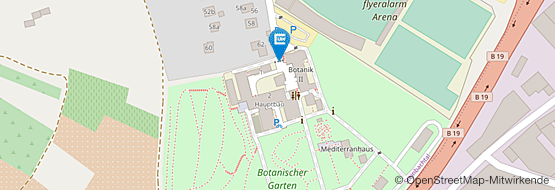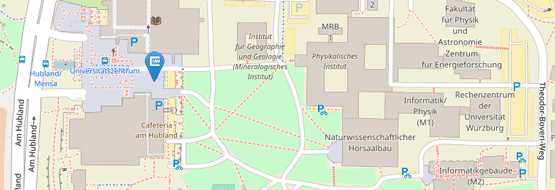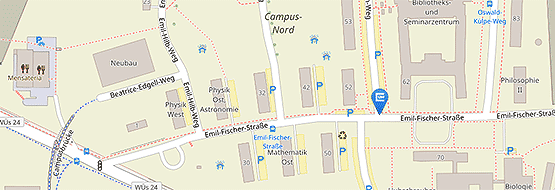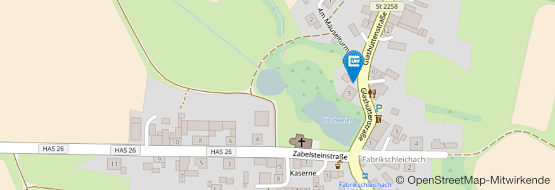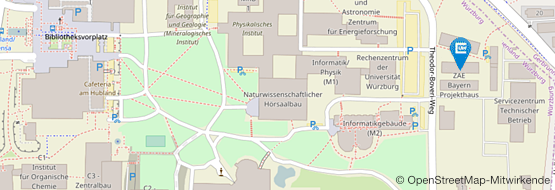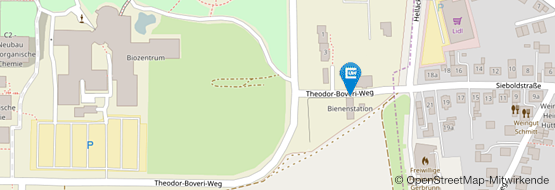Interleukin-5
Interleukin-5 - a key cytokine in the development of asthma and hypereosinophilia
Interleukin-5 like IL-4 and IL-13 presents a typical cytokine secreted by T-helper cells of the subtype 2. It regulates numerous processes in the development and biology of eosinophilic granulocytes (short eosinophils), a subgroup of white blood cells or leukocytes. Eosinophils take part in the immune defence against multicellular parasites, e.g. worms. In a pathophysiological context eosinophils are involved in the development of hypereosinophilia, a heterogeneous group of diseases characterized by the presence of a large number of eosinophils in peripheral blood or a massive infiltration of eosinophils in certain tissues (e.g. the heart, the gastrointestinal tract or the bone marrow). Here the activation of these leukocytes by antibodies of the IgE immunoglobulin class then results in the release of substances such as prostaglandins, leukotriene and ROS-producing enzymes from cell-specific storage vesicles (granula) in a process termed degranulation. These substances then lead to local inflammatory processes, which under normal condition suit the defence against parasites, but under pathophysiological conditions can also lead to severe tissue fibrosis, which may be lethal. Allergic asthma shows similarities with hypereosinophilic diseases since one characteristic is a massive infiltration of eosinophils into the lung tissue of asthma patients. Here their activation very likely contributes to the known asthma symptoms such as airway obstruction, airway hyperresponsiveness and mucus production. Interleukin-5 is an essential factor in all aspects of eosinophil biology controlling differentiation, maturation, migration as well as activation of eosinophils. Thus this cytokine (and its signaling pathway) has become a major pharmacological target in the development of novel therapies against allergic asthma and hypereosinophilic diseases.
The crystal structure of IL-5 bound to the extracellular domain of its IL-5 receptor IL-5Ra determined in our lab (1) has provided first insights how the cytokine is recognized by and leads to activation of its cellular receptor. It also provides for the first time a basis for the development of novel drugs inhibiting IL-5 receptor activation employing rational drug design methodology. We are currently in the process of developing novel and optimizing existing IL-5 inhibitors, which are based on peptides or small molecules using our high-resolution structure-/function data. These novel compounds will block binding of IL-5 to its and/or activation of its receptor and will facilitate future development of anti-IL-5 drugs targeting asthma and hypereosinophilic syndromes.
- Patino E, Kotzsch A, Saremba S, Nickel J, Schmitz W, Sebald W, Mueller TD: Structure Analysis of the IL-5 Ligand-Receptor Complex Reveals a Wrench-like Architecture for IL-5Ralpha. Structure 2011, 19(12):1864-1875.








